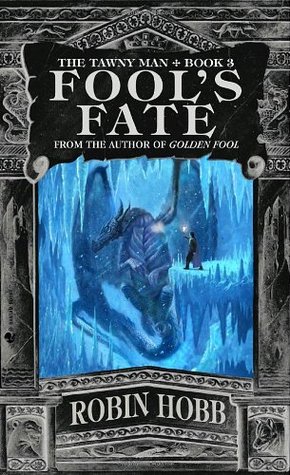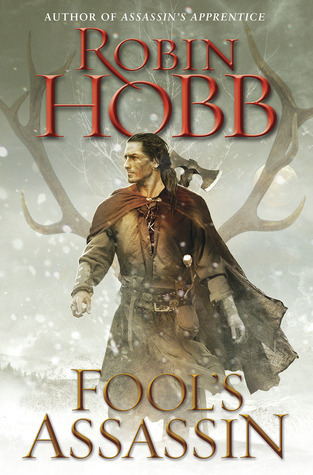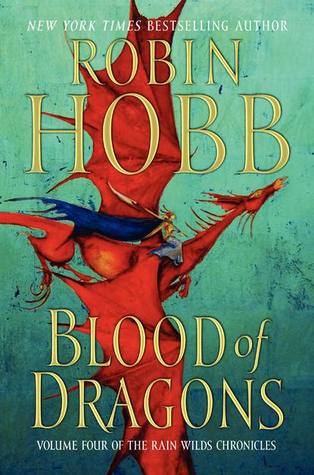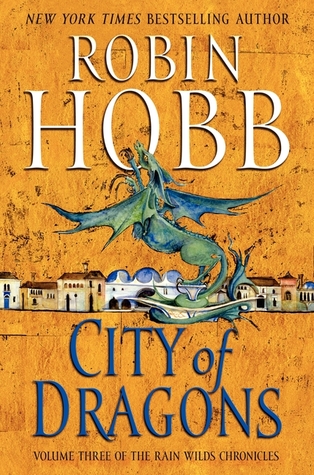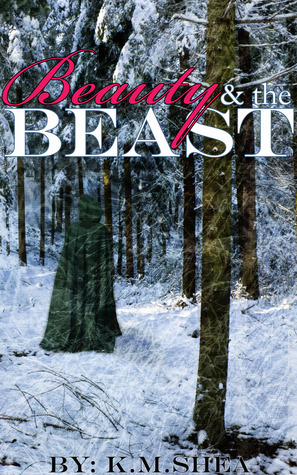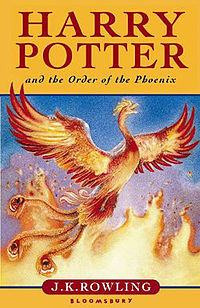Forest Mage (The Soldier Son Trilogy #2)

Forest Mage (The Soldier Son Trilogy #2)
SUMMARY
The Barnes Noble Review
Dark mysticism and primordial natural magic clash with the ever-expanding boundaries of the "civilized" world in the second volume of Robin Hobb's Soldier Son trilogy, Forest Mage.
The sequel to 2005's Shaman's Crossing finds protagonist Nevare Burvelle -- the second son of a nobleman and destined for a career in the military -- with his world turned upside down. After surviving a plague that wiped out many of the students and instructors at the king's military academy, Nevare returns home for his brother's wedding, only to learn that he has been medically discharged from the school. The plague usually leaves its survivors skeletally thin, but Nevare, inexplicably, has begun to gain massive amounts of weight. With his family believing he's a glutton, Nevare is disowned by his father and eventually ends up finding work as a lowly cemetery guard in a frontier town near the border with the Specks, a race of dapple-skinned forest dwellers who possess powerful natural magic. But in a world where technology never stops advancing, can the Specks survive? And what does the suddenly bloated Nevare have to do with their struggle?
Set in a sprawling, vividly described realm that is as majestic as it is menacing, and powered by some extremely topical themes (environmentalism, cultural homogenization, human rights, religious persecution, etc.), the Soldier Son trilogy is easily Hobb's most significant work to date. Incorporating elements of military fantasy, New Age spirituality, and political allegory, Forest Mage can be faulted only for suffering from a serious case of middle-volume syndrome: As the second installment of a trilogy, it lacks both a true beginning and a satisfactory ending. All will be forgotten, however, when the concluding volume (tentatively entitled Renegade Magic) of this unique and powerfully moving saga is released in 2007. Paul Goat Allen
Chapter List
- Page 201
- Page 202
- Page 203
- Page 204
- Page 205
- Page 206
- Page 207
- Page 208
- Page 209
- Page 210
- Page 211
- Page 212
- Page 213
- Page 214
- Page 215
- Page 216
- Page 217
- Page 218
- Page 219
- Page 220
- Page 221
- Page 222
- Page 223
- Page 224
- Page 225
- Page 226
- Page 227
- Page 228
- Page 229
- Page 230
- Page 231
- Page 232
- Page 233
- Page 234
- Page 235
- Page 236
- Page 237
- Page 238
- Page 239
- Page 240
- Page 241
- Page 242
- Page 243
- Page 244
- Page 245
- Page 246
- Page 247
- Page 248
- Page 249
- Page 250
- Page 251
- Page 252
- Page 253
- Page 254
- Page 255
- Page 256
- Page 257
- Page 258
- Page 259
- Page 260
- Page 261
- Page 262
- Page 263
- Page 264
- Page 265
- Page 266
- Page 267
- Page 268
- Page 269
- Page 270
- Page 271
- Page 272
- Page 273
- Page 274
- Page 275
- Page 276
- Page 277
- Page 278
- Page 279
- Page 280
- Page 281
- Page 282
- Page 283
- Page 284
- Page 285
- Page 286
- Page 287
- Page 288
- Page 289
- Page 290
- Page 291
- Page 292
- Page 293
- Page 294
- Page 295
- Page 296
- Page 297

